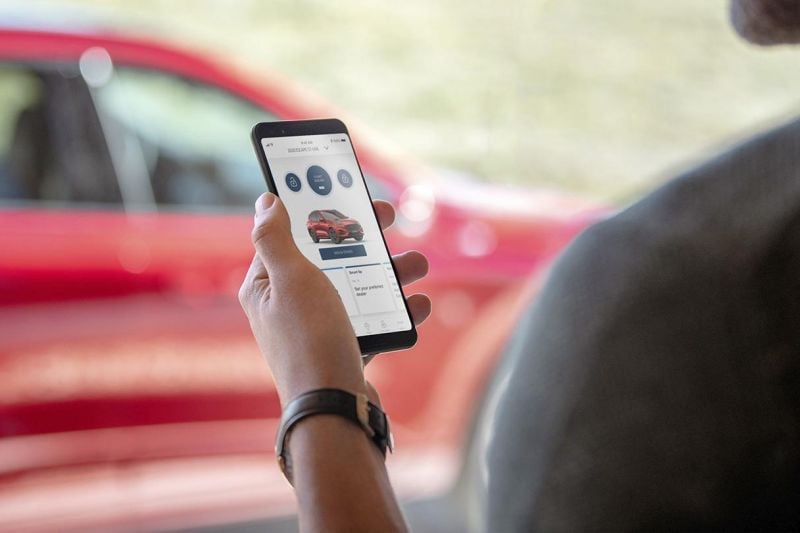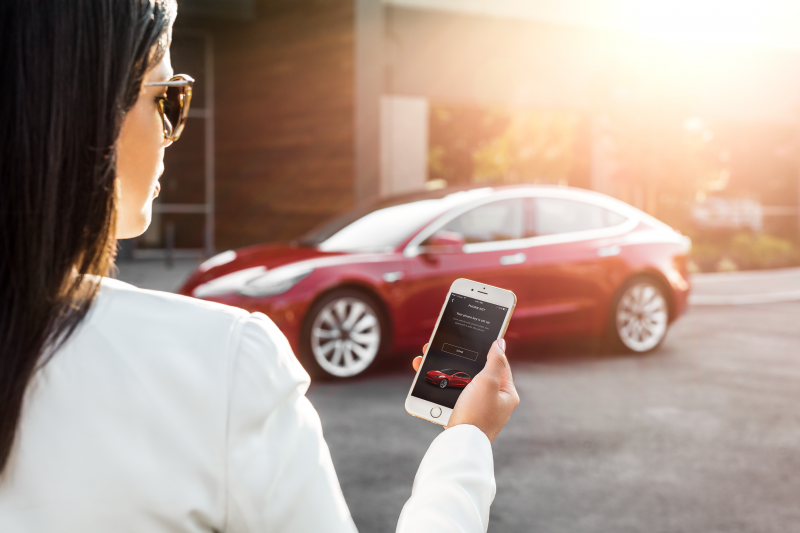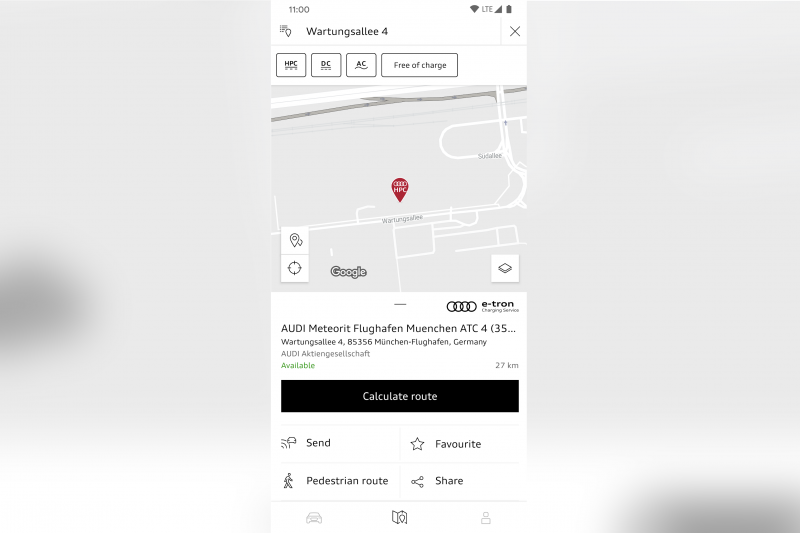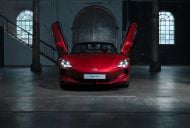James Bond movie Tomorrow Never Dies introduced the world to a car that could be remote controlled with a smartphone.
Bond aficionados will remember this film as the one in which Bond used an Ericsson mobile phone to pilot his BMW 750iL around a tight Hamburg carpark from the back seat to avoid getting shot.
The apps carmakers have in 2021 don’t offer the same functionality, but they offer convenience and security features to make ownership more enjoyable. These include everything from checking your fuel or charge level, to operating the climate control remotely to ensure your car is already cool on a hot summer’s day.
Available for download on the Apple App Store or the Google Play Store, the features available vary significantly based on the carmaker, model and age of the car. This story aims to highlight some of the capabilities typically offered.
Note these apps can sometimes be part of a ‘connected car’ subscription service, and therefore may cease to function after a certain period if a subscription is not paid for.
Another caveat is that all app-based functionality generally works using an in-built modem connected to electronic systems within the car, such as the ECU. When the modem is equipped with a SIM card, the car transmits and receives information to your phone – provided both have an internet connection.
The features described below are dependent on your car having access to good network reception. If you live in a rural area or your car is parked underground, the technology may not work.
Remote start, checking your fuel or charge level
This functionality is fairly self-explanatory, and enables the owner to remotely start the vehicle, or turn the car on in the case of an EV.
Additionally, many apps allow the driver to also monitor the car’s current fuel or charge level.
For non-EV owners, remote engine start itself may not seem particularly handy at first glance. However, it’s useful for two reasons. Firstly, in cold or inclement weather, it can help warm up the engine before your drive optimising engine performance and fuel efficiency.
Secondly, remote engine ignition is generally a pre-requisite to accessing the other functionality often available in the app, such as operating the air-conditioning or turning on the lights.
Popular mainstream manufacturers offering this functionality include Ford with its FordPass Connect app. This is available for all Ranger, Everest, Escape, Puma, Focus and Fiesta models from MY (model year) 2020.75 onwards, and the Mustang sports car from the 2021.5 model year onwards.
French manufacturer Peugeot also offers this functionality using its My Peugeot app on models such as the 508, while Nissan offers its NissanConnect Lite app enabling owners to check the fuel level on certain X-Trail and Navara models.
Hyundai offered a similar service called Auto Link/Premium, first launched in the i30 in April 2017, but these apps no longer work with models built after July 2020.
Premium manufacturers offering this functionality include Audi (my Audi), BMW (My BMW), Mercedes-Benz (Mercedes me), Porsche (Porsche Connect) and Tesla (Tesla app).
Vehicle preconditioning (and operating the climate control remotely)
For electric vehicles, preconditioning is a feature that offers convenience and efficiency dividends. Apps for certain electric cars, such as models from Tesla, allow the driver to set a particular departure time.
The car then automatically pre-heats the battery to its optimal temperature to maximise range by the time the driver is ready to leave, which is useful in winter where low ambient temperatures can significantly affect vehicle range.
As part of this, the owner can also remotely set a desired temperature or tell the car to defrost the front and rear windscreens before prior to driving (these features can, of course, be used independently as well).
Some combustion-engine vehicles such as the Ford models described above, and certain models from luxury brands such as BMW offer similar functionality after the engine has been remotely started.
Operating other vehicle controls and maintenance
Apart from operating the air-conditioning remotely, these apps typically also enable remote control of other parts of the car, such as flashing the lights, unlocking the doors, beeping the horn and rolling the windows up and down.
Certain apps such as the My BMW app can also assist with vehicle maintenance, as the owner can remotely check engine oil, brake fluid levels and tyre pressure.
Navigation and geolocation/vehicle tracking
The inbuilt satellite navigation systems in many cars can be confusing to operate, sometimes requiring the use of touchpads or control dials.
Fortunately, many of these smartphone-based apps have integrations with Apple or Google Maps (distinct from CarPlay and Android Auto, both of which work in the car), or have the same mapping data as the inbuilt system available within the mobile app.
Ultimately, this allows a user to send destinations from these mapping apps to the car’s satellite navigation system. Often, this functionality can be extended further with trip planning features, including (for EVs) where the car can travel with its current range.
Some apps also build on this by offering geolocation and geofencing features. Geolocation simply allows the vehicle’s location to be shown in the app. Geofencing, meanwhile, allows the user to set a specific boundary or area in which the car can be driven.
If the car leaves this area (e.g. if it’s being driven by someone else), the app will display an alert or notification on the user’s smartphone.
Remote vehicle control
Being able to remotely move your vehicle is perhaps the functionality that apes James Bond most closely, but to date it’s largely limited to the Summon feature available when Tesla’s ‘Full-Self Driving’ option is enabled.
As the word implies, Summon will determine the location of the user’s phone and aim to bring the car towards it.
Various models from Kia, Hyundai, and Genesis offer a similar feature that allows the car to move forwards and backwards in a straight line, which may be handy in very tight parking spaces.
However, this feature works from the key fob itself, rather than a smartphone based app.






